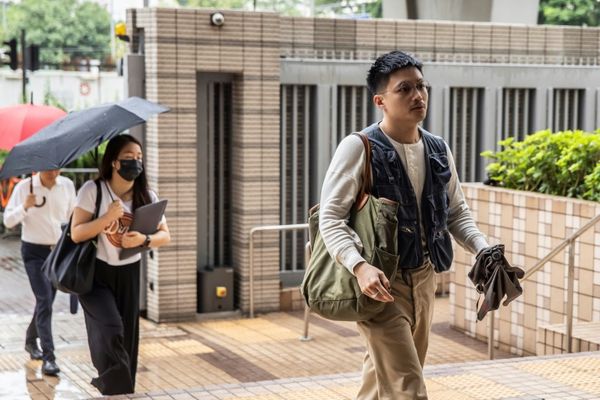Tavarish from the YouTube channels Tavarish and 2Varish spends his time modifying and repairing high-powered sports cars, primarily of the combustion engine variety. So it came as a surprise when his friend Rex bought a low-mileage 2016 Tesla Model S 90D for the suspiciously low price of $17,000.
Upon initial inspection, the car seems to be a steal at this price. In general, most modern electric vehicles have been very reliable, including Teslas. This particular car seems to have no issues other than a very low speaker volume. But you never know what long-term problems might be lurking beneath the hood. Because both men are new to electric vehicles, they decide the smart thing to do is to take it by the nearby Electrified Garage for a thorough inspection.
Get Fully Charged
What Can You Expect From a 2016 Model S 90D?
The refreshed 2016 Model S was the first year the electric sedan dropped the nose cone. The 90D replaced the outgoing Model S 85D and brought a 0-60 performance of 4.2 seconds with an EPA estimated range of 288 miles, a 23-mile boost over the previous iteration.
Before diving into their new ride, Chris from Electrified Garage goes over a few common failure points for this generation of Tesla. The Model S suspension bushings can quickly wear out due to the vehicle’s weight and soft suspension. On the front suspension, the ball joints will frequently shear.
Another pain point is with Teslas equipped with air suspension. While the optional coil suspension is generally reliable, the air suspension can be problematic due to leaks. This can lead to one side of the car rising slightly higher than the other, resulting in a vehicle fault. Getting it back into a drivable state at that point requires a technician.
Another very important consideration is confirming the air conditioning is functioning properly. The A/C pulls double duty by not only cooling the cabin but also the battery pack. This can lead to slow supercharging speeds or even a failure to charge. So if the A/C on a Model S is not cooling well or has stopped functioning entirely, it’s best to have the problem addressed immediately. If not for your personal comfort then for the vehicle’s health.
Chris also suggest you should also shoot for a 2016 Model S or newer. The second generation of batteries are quite reliable and he has frequently seen cars with well over 150,000 miles. While the first-generation batteries from older models are more problematic.
If you do buy an out-of-warranty Model S that develops battery issues, first try to find a shop that specializes in battery repair rather than taking it to Tesla. If they’re unable to repair the pack, they can potentially source a used or refurbished pack. In almost every case, it will be cheaper than getting the entire pack replaced by Tesla out of warranty.
Luckily for Rex, that isn’t likely to be an issue with his Model S anytime soon. After a thorough inspection, his car is in about the best shape you could hope for. According to the technician inspecting the vitals and battery health, “It’s pretty clean dude, somebody took care of it.”
In the end, there were only two minor issues that needed to be addressed. The car had occasional disconnection issues with the key fob which should be a simple fix. The low speaker volume was even less work and not an issue with the car itself. An aftermarket amplifier had been installed and the ground wire had come loose. After replacing the ground, the speakers were back to working perfectly.
After leaving the shop and getting the car back on the road, it seems like this gearhead is considering a lightly used Model S Plaid for himself. “It’s insane that you can get this kind of car for the money.” Said Tavarish after a few 0-60 sprints. “So if I get a (used) Plaid, that probably has some miles and needs some stuff, I could probably get one for like 60? But even at 60, that’s the fastest accelerating car.”
Gallery: Tesla Model S














